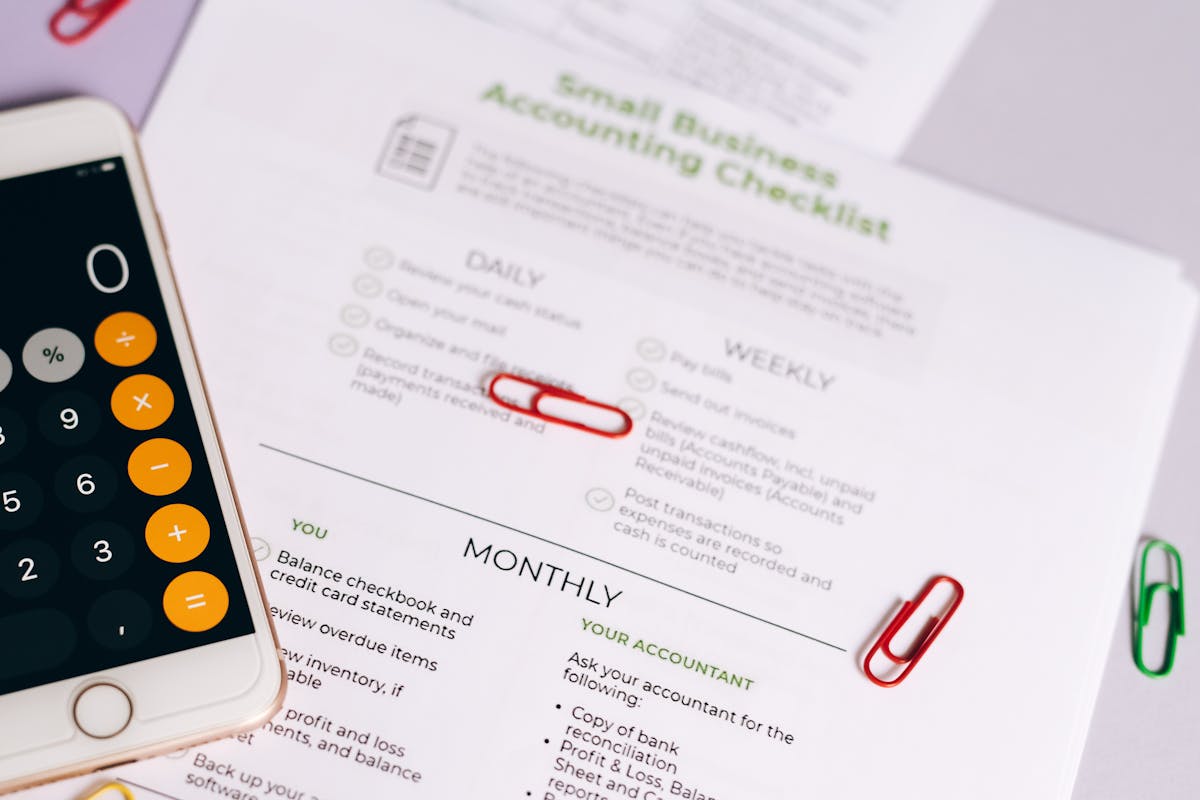Anyone who has a company is well aware of the importance that good financial management brings to its business. For this reason, it becomes essential to introduce some routines to handle it appropriately, such as managing accounts payable and receivable.
This provides a deep knowledge of the cash flow , fixed and variable costs, and revenues generated by the business. This increases the predictability of finances and allows one to better plan for expenses and investments.
In this article, you will get a better understanding of what accounts payable and accounts receivable are, what the difference is between them, and check out our tips on best practices for efficient management. Stay tuned!
What are accounts payable?
Accounts payable, as the name suggests, are all the financial obligations that a company has to fulfill — with suppliers and service providers, employees, authorities, etc. In other words, it is all the money that must be disbursed so that the company can make the payments it has committed to each month.
These are the objectives of the accounts payable control work:
- Avoid delays and penalties as a consequence;
- Prevent payment fraud;
- Better understand the company’s expenses;
- Point out expenses that can be cut or reduced;
- Have a good relationship with suppliers and employees;
- Better control financial processes.
And the person responsible for this control needs to be aware of some points:
- Due dates to avoid delays, fines and interest;
- Impact of payments on cash flow, avoiding liquidity problems that can negatively affect cash flow;
- Categorization of types of expenses, which can be costs or expenses.
And what are accounts receivable?
Accounts receivable refer to all amounts that will enter the company’s cash flow . Here, of course, we are talking about all revenue obtained from sales, but also promissory notes, credit notes, investment income , among other things.
And, for the cash float of the employer to be balanced, it’s miles vital that the sum of money owed receivable should be same to or greater than the price of bills payable.
The purpose of accounts receivable control is to:
- Avoid default;
- Better understand the company’s sources of revenue;
- Bring more predictability to revenue.
And whoever does this work needs to be aware of the following points:
- Deadline for receipt of entries within the stipulated time;
- Impact on cash flow, so that the company has the capacity to meet its financial commitments;
- Classification of types of revenue, which can be sales, installment sales, rent received, among other things.
Main differences between accounts payable and receivable
After reading this so far, of course, what is the distinction between accounts payable and accounts receivable? Account payable is company’s financial responsibility, that means everything it is obligated to pay to keep carrying on without losing. Accounts Receivable refers to all the funds that come to the cash counter of the company, whether on sales or whatever.
How important is it to carry out this process?
Controlling bills payable and receivable is crucial for all businesses, irrespective of their size or revenue . This procedure permits managers to have extra manipulate over their commitments, ensuring that bills are made on time and that receipts are obtained as expected.
This control is also important because it allows the company to plan effectively, making cost and expense projections with greater security , in addition to helping management to have a more detailed view of its financial health .
Good practices for good management of accounts payable and receivable
And now that you know what accounts payable and receivable are and the importance of controlling them, check out our tips on good practices for efficient management!
Align the two sectors
If you have got separate departments for dealing with money owed payable and money owed receivable, it’s far vital that they’re aligned and work together. After all, it’s far important that the bills payable branch knows, for example, whilst sales could be acquired in coins in order that bills can be scheduled.
Define responsibilities
If your team has more than one person, it is important that each person knows exactly what their activities are and which accounts are under their responsibility. This way, the company does not run the risk of missing any deadlines due to forgetfulness!
Organize bills by due date
Another way of avoiding forgetting is by prioritizing your payable and receivable bills by focusing on their due dates. This way, it will be easy to remember when they are due.
Carry out bank reconciliations
Bank reconciliation is the comparing of bank statements with coins drift manage. This system is very important to save you the incidence of wrong information, fraud, and discrepancies.
Implement alerts and reminders
Another good practice to avoid forgetting is to create reminders and alerts for upcoming due dates.
Record everything that is done
Recording all inputs and outputs is also essential for the organization and for creating a transaction history. This information can be valuable in audit cases and as a basis for more strategic decision-making within the company.
